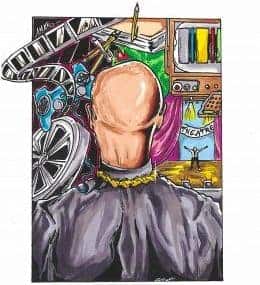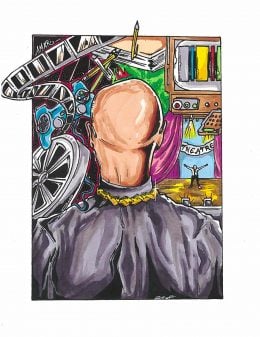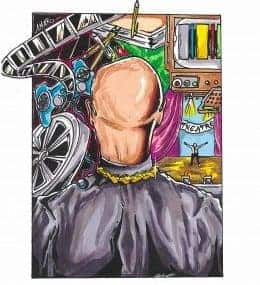Let’s Not Jump to Conclusions: White Men Can’t Jump (1992) vs (2023)
From the courts of the late twentieth century to the modern era, ‘White Men Can’t Jump’ takes the stage once again. The original brought a story to the game and the 2023 remake breaks barriers and defies expectations. Yet, this version still leaves audiences desiring true novelty despite the cheesy allure of its hapless twists and surface-level exploration of human suffering.
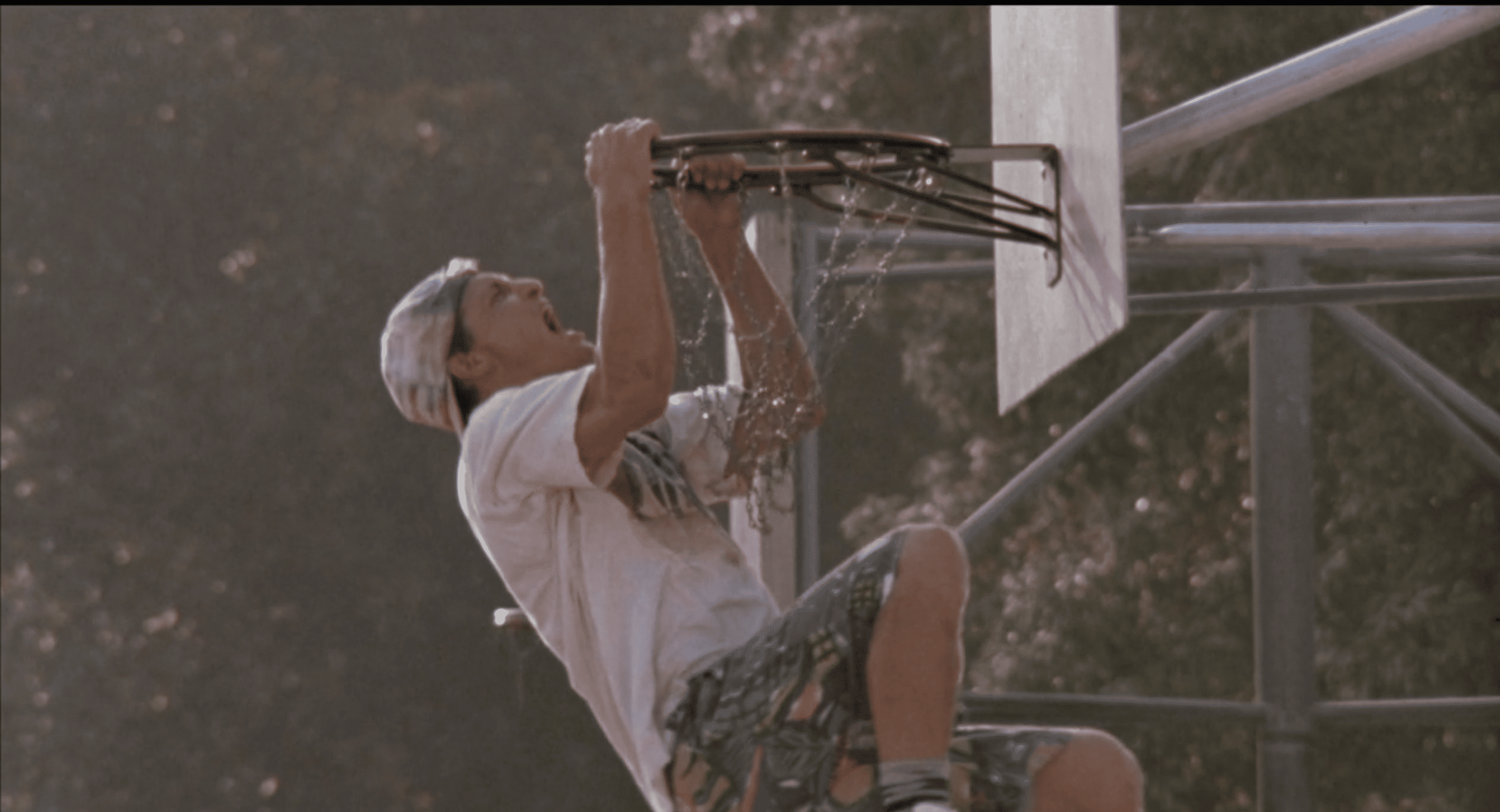
Spoiler Alert: This summary and review contains spoilers.
Additionally, some images and text may include affiliate links, meaning we may earn a commission or receive products if you make a purchase.
A New Millennium: Annihilating Age Old Archetypes
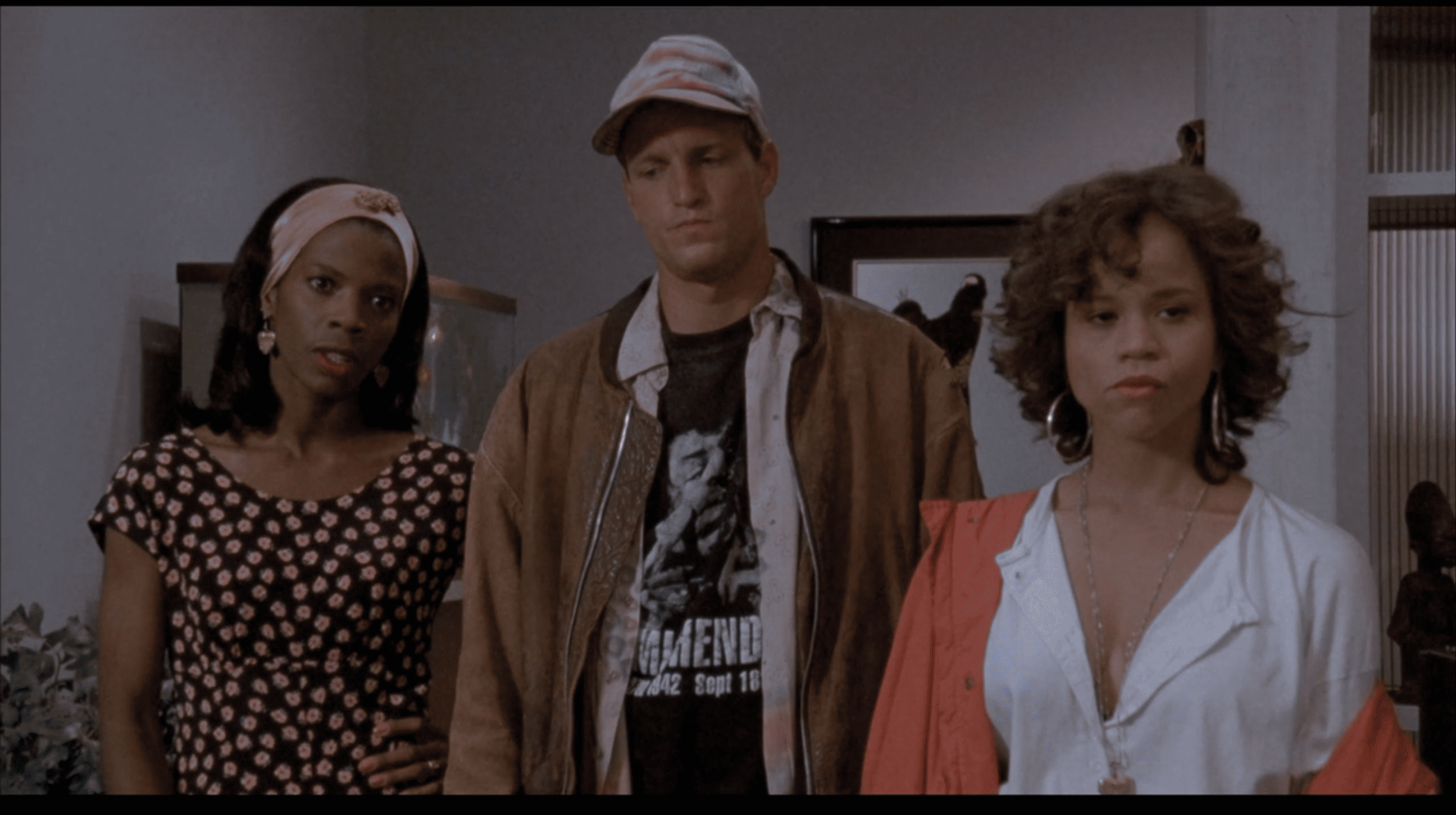 “Gloria (Rosie Perez),” “Billy Hoyle (Woody Harrelson),“ Rhonda Deane (Tyra Ferell),” confronting Sidney and his friends after taking Billy’s money in an unfair bet, White Men Can’t Jump, directed by Ron Shelton, 1992 (Hulu, LLC)
“Gloria (Rosie Perez),” “Billy Hoyle (Woody Harrelson),“ Rhonda Deane (Tyra Ferell),” confronting Sidney and his friends after taking Billy’s money in an unfair bet, White Men Can’t Jump, directed by Ron Shelton, 1992 (Hulu, LLC)
The original film, White Men Can’t Jump (1992), presents an engaging and contemporary tale that depicts the conflicts between various groups in the late twentieth century. In its recent remake, the roles, consequences, and setting have been adapted to cater to the audience of the new millennium. The comparison between the main duo in the first and second movies reveals some noteworthy differences. The plotline of the original movie progresses at a slightly slower pace, with a longer running time, and offers a more realistic, albeit slightly less optimistic, ending. Both movies still bring a certain air of light-hearted fun about a beloved sport. They simultaneously tease an uncomfortable tension between Black and White people which is a bit controversial, but the 1992 version does this well.
Highlights and Lowlights
Love For The Game
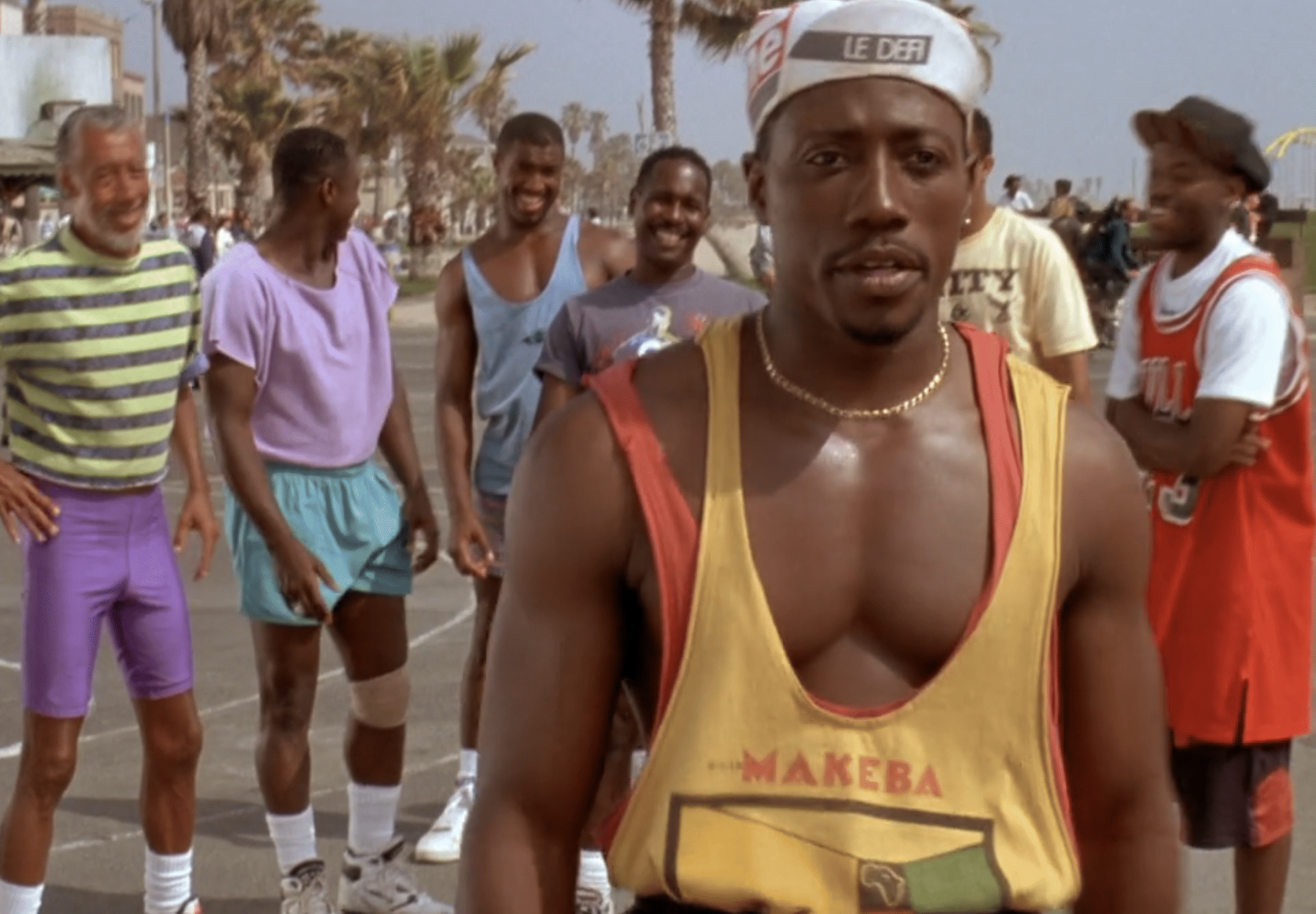
Both the original and the remake depict duos united by their love for basketball. In both films, the young male protagonists are seen struggling to secure material stability for the important women in their lives, highlighting shared desires and aspirations. This common thread emphasizes the trending importance of personal growth and fulfilling relationships alongside looming expectations of men as partners.

Similar Timing, Differing Decades
It is sobering that despite racial relations, both Black and White men seem to have the same issues when it comes to making the ladies happy. Here lies a uniting factor that pushes Billy, Jeremy, Sidney, and Kamal to pursue their passions seriously. This burgeoning energy for a means to achieve happiness which was catapulted by acts of utter desperation the first film is able to capture best.
Possibly because the nineties actors were allowed for a lighter feel with a more realistic storyline being used. Billy Hoyle and Sidney Deane have a sort of chemistry that naturally bounces off one another in the original movie. With the same goals in mind and different ways of handling things, the duo in both movies show a parallel between certain strengths. Some of these strengths include the ability to cherish, love, and prioritize a hard-working woman. A few of their weaknesses would be an impulsive and child-like urge to gamble because, notwithstanding their wins, they could have lost everything. Another bit: just like Jeremy’s predecessor, Billy, goofy outfits were essential to a good game.
Struggles To Appease
The One That Got Away
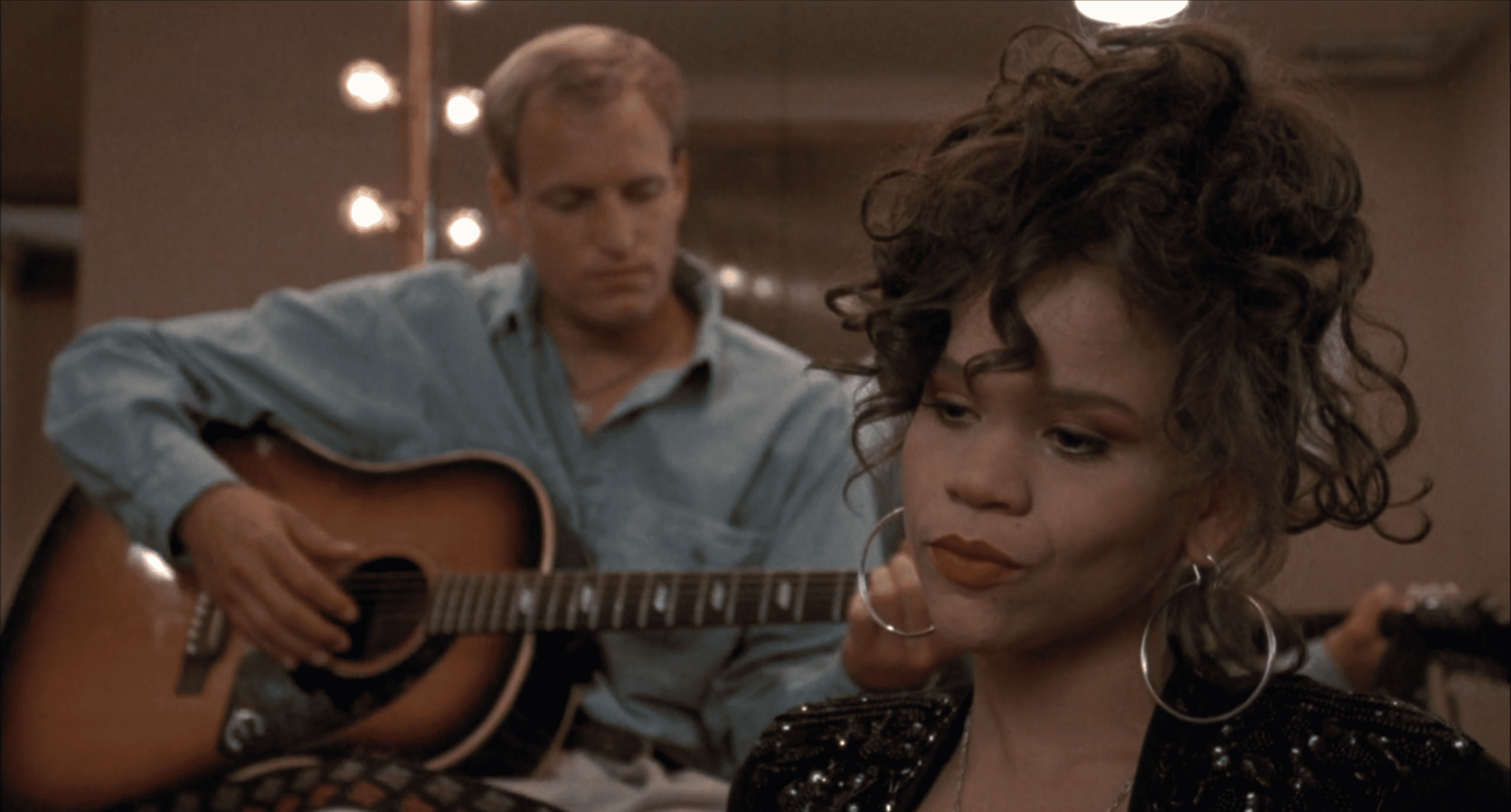
In the 1992 version, Billy’s girlfriend is portrayed as a bit of a booze enthusiast, while Billy himself deals with the fallout of his gambling addiction. Fast forward to the 2023 remake, and Jeremy is positioned as our resident struggler, battling drug abuse, unemployment, and a lack of financial know-how. Kudos to Tatiana for sticking by his side through it all.
Interestingly enough, Jeremy finds solace in practicing mindfulness and meditation, just like Billy Hoyle’s stretching routine in the original. They both have unique ways of coping with life’s curveballs on and off the courts. These diverging character dynamics shed light on the evolving societal perceptions and the challenges that couples face in their respective time periods. It reflects how times have changed and how relationships navigate the hurdles of different eras.
The remake has a fluffy plot with much less substance than the original, where only one man gets both the money and the chicks. Jeremy asks Tatiana to marry him in the end and is ultimately victorious on the home front alongside Kamal. In the original, only Sidney gets to stay with his wife, but they still rejoice in the bittersweet aftermaths. Billy Hoyle suffers the consequences of his irresponsible actions despite helping his girlfriend, Gloria, achieve her dreams of being on Jeopardy. A magnificent opportunity led to a reward amounting to the tens of thousands, all because there are too many niche words that start with the letter ‘Q’! Gloria and Billy could have been rolling in money if she decided to stay, but it is unclear how many chances had been given prior. She wanted the bare minimum. Just for Billy to hold down a stable job in the nineties, where low-level employment could take care of basic necessities.
A House Wrecker
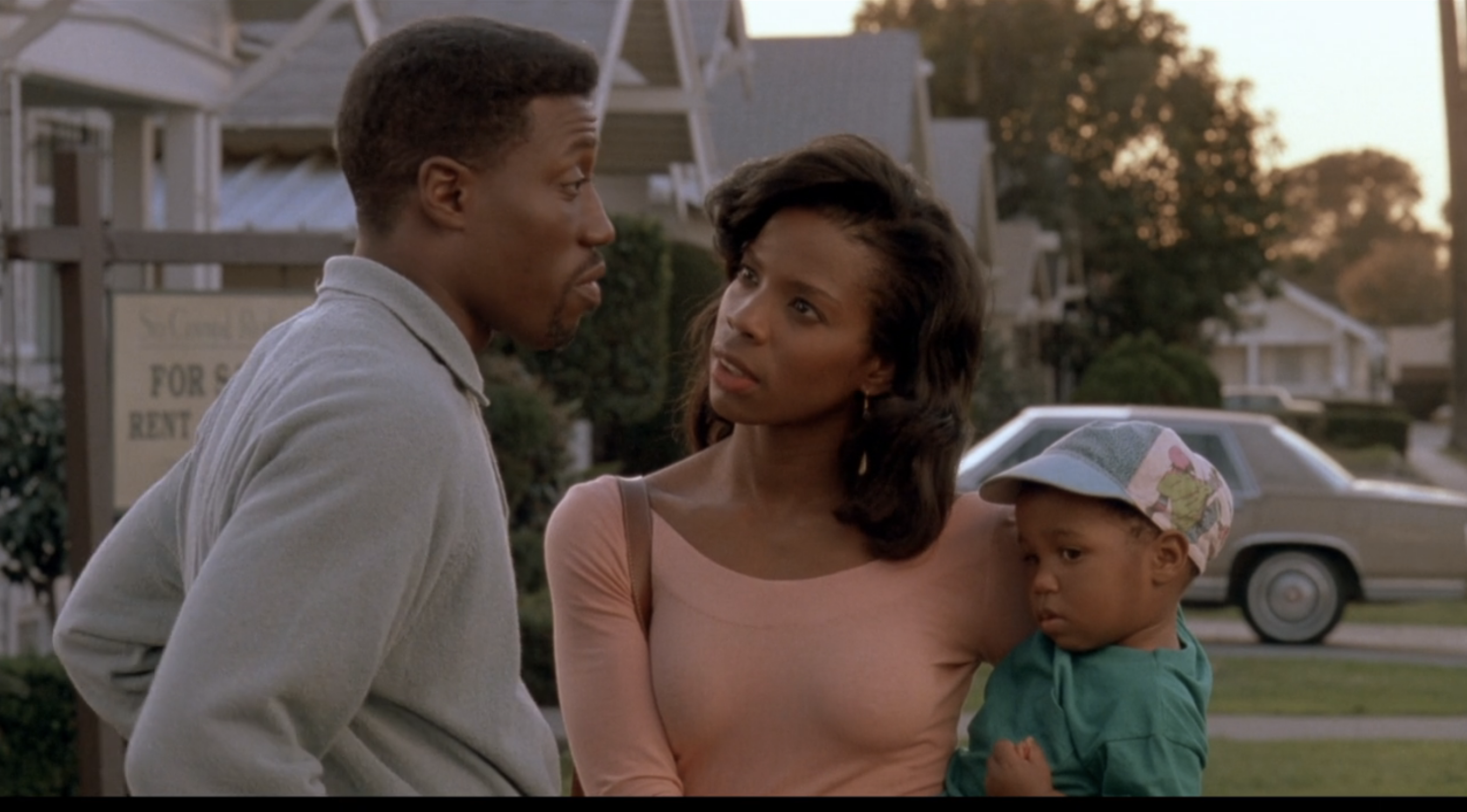
Gambling in tournaments disrupts both duos’ lives in the original and the remake. Sidney Deane is a man with many talents and sources of income, whereas his modern counterpart, Kamal, is stuck grinding away for one soul-crushing delivery company. Sidney wants to put his family in a safer environment, and this becomes a motivating factor of prominence near the end after their apartment gets broken into and they get robbed blind.
By the end of the movie, Sidney tells Billy that a man must listen to his woman even if he does not agree. Here is where the irony kicks in: Since Sidney chose to stall the purchase of a new family home, there was just enough time for their apartment to be burglarized with broken items and shards all around. It seemed a bit personal, and one should not be surprised with all the dirt these boys were kicking up on the courts, but this is never confirmed.
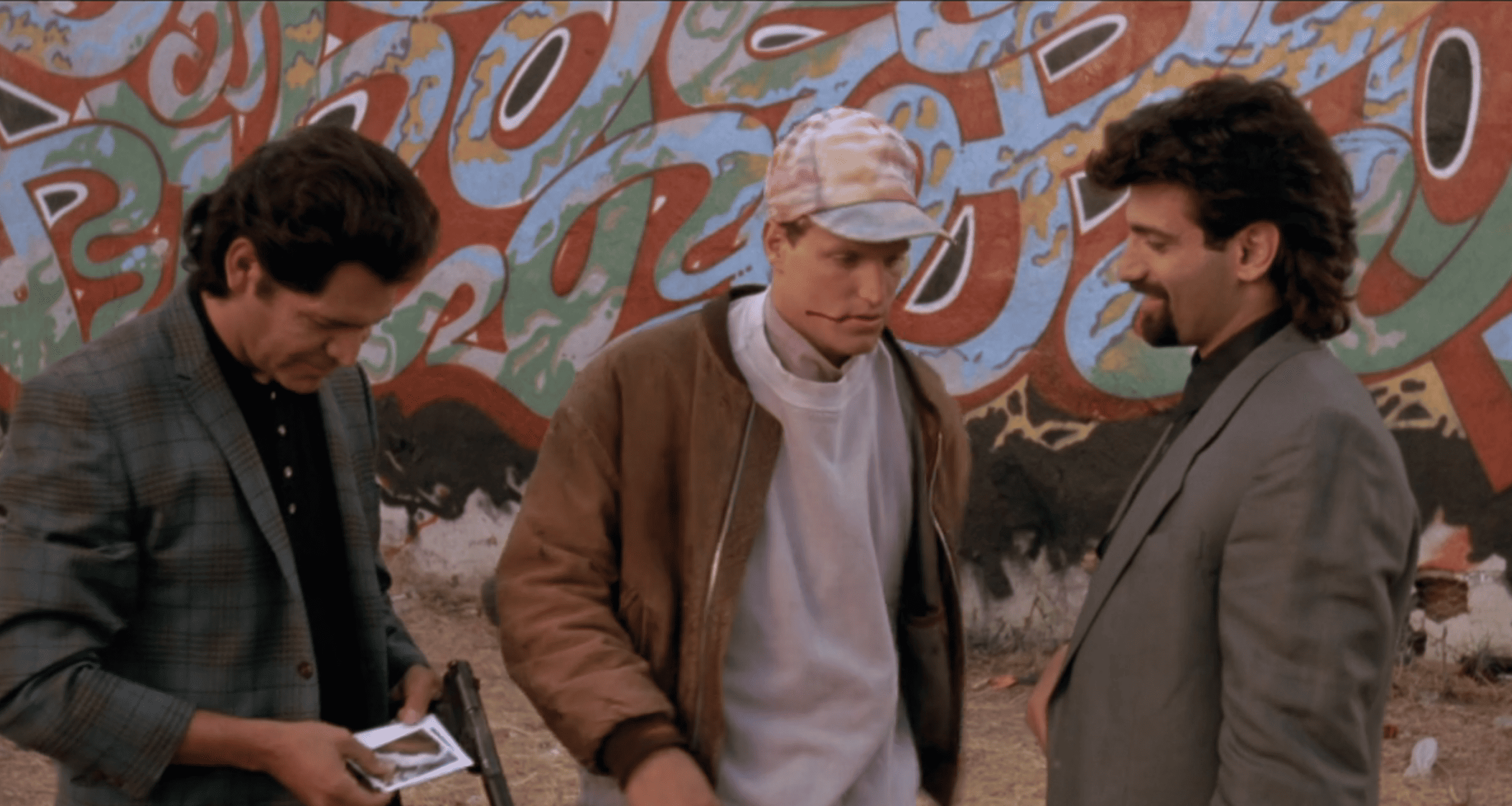
Sticky Stucci
Billy finds himself in a precarious situation, owing a significant sum of money to a group of Italian gangsters in the neighborhood. These ruthless individuals spare no effort, barging into his dingy ‘hotel’ and resorting to extortion by presenting photos of their deceased victims, a stark reminder of the consequences faced by those who fail to repay them. With fear gripping Billy’s heart, he is driven to scrape together the funds through the only way he knows how. This proves to be challenging, considering his perpetual struggle to hold onto a single dollar. The presence of these menacing brothers becomes the central obstacle faced by Billy and Gloria, only dissipating after he gambles the two grand he was gifted by Gloria, and she chooses to part ways.
This unfortunate circumstance sheds light on Billy’s willingness to do whatever it takes, underscoring the harsh realities of life’s unfairness. The loss of his outspoken girlfriend, who would often make insightful remarks that exposed deeper issues within their relationship, proves difficult for Billy to process, perhaps influenced by societal expectations of masculinity. This parallel between supposed opposing sides (male/female, black/white) can be observed in both the original and the remake, where a black basketball player advises his white counterpart not to engage with certain culturally relevant artists. Sidney tells Billy that he can “listen” to Jimi Hendrix but cannot truly “hear” him, a recurring theme present in both films, highlighting the underlying racial dynamics and communication barriers.
Plot Progressions And Endings
The original film maintains a slightly slower pace with a longer running time, allowing for a more detailed exploration of the characters’ journeys. The audience gets to become enamored with the vivacious Gloria and astute mother, Rhonda. The original movie’s ending leans towards a realistic, albeit slightly less optimistic, outcome. In contrast, the remake adapts the plotline to align with the preferences of a new-millennium audience, potentially offering a more modern and hopeful conclusion.

Overall
The original movie “White Men Can’t Jump” does a fantastic job of unraveling the art of trash-talking on the basketball courts. The 2023 remake, true to its predecessor, also showcases the helpful tips and tricks of the “white guy” in a game dominated by Black men. It’s quite impressive how both Billy and Jeremy effortlessly let liquid trash flow from their mouths before, during, and after the games.
However, it’s worth noting that Kamal’s skills in the remake don’t seem as polished. He appears emotionally stunted, trapped in a self-imposed shelter due to past trauma and disappointments. Kamal’s fear of letting anger consume his life, opportunities, or chances again is palpable. On the other hand, the 1992 version portrays his counterpart as more vibrant in spirit, exuding an undeniable charm that is not dulled.
While both characters in the older version exhibit greater resilience, the modern take brings a touching depth to the story. It confronts the harsh realities faced by today’s youth head-on—drugs, dead-end jobs, and turbulent relationships. The remake version is like a blunt meta-commentary on the predicaments they encountered in the original, with a dash of cute rapper and yoga for the Starbucks babes.
Things To Note
Question(s) Left Unanswered
- Why did correlating main characters in the remake have mismatched traits and issues?
- Did Gloria know that Billy had set her up at jeopardy ultimately aligning her with a small fortune?
- Were the Stucci brothers really killers?
